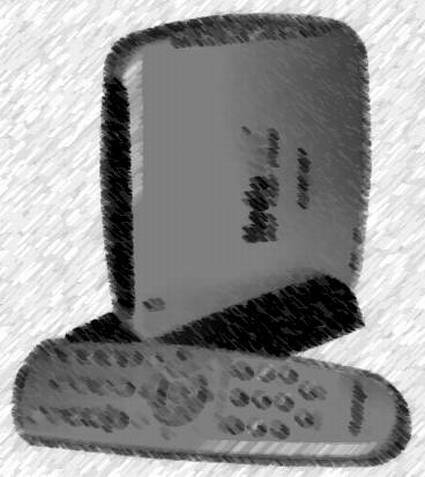Home Broadcast Studio: Multimedia Network Players
Bridging Worlds
Over the past 10 years, the common PC has developed into the ultimate multimedia machine. It is not only the first choice for audiovisual content production, but is superior to many standalone players for music- and video-playback quality. Its flexibility and openness for new formats and codecs makes the computer a future-ready and efficient media platform. Added to that are additional functions, such as its capabilities as a multi-gig media archives accessible from the PC or on a LAN. l Talked and written about for more than a decade, the convergence of a single box as a work tool, communications center and games console has arrived.
However, bumps have remained. PCs just haven't been ready for the living room - too loud, too clumsy to operate. Plus, ever-larger processors and power supplies with a veritably insatiable hunger for performance and the associated thermal loss tended to dampen the zeal to develop the ultimate armchair multimedia center.
Nonetheless, a new wave of device launches has begun to emerge at CeBIT 2003, the IFA 2003 and now the Consumer Electronics Show 2004, with more and more products now becoming available to add to the PC's all-in-one home entertainment box momentum. These devices serve to:
- Make media (music, film, photos or documents) available in every room of the house;
- Play back typical PC content on standard entertainment devices ;
- Making it easy to add new content recordings to existing archives.
Products like Pinnacle's Showcenter, Philips' Streamium SL300/400, Hauppauge's MVP and Microsoft Windows Media Center Edition-based PCs already feature some of these functionalities. But to what extent do they fulfill users' expectations and wishes? Which formats do they play? Which solutions are suitable for which people?
Get Tom's Hardware's best news and in-depth reviews, straight to your inbox.
